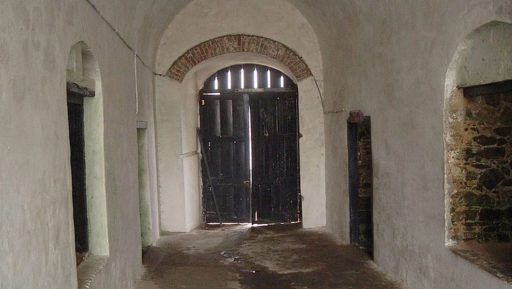This article was written by Andrew Teye and originally published on August 5, 2017.
My name is Andrew Teye and I am a third-year Communications student at Furman University. I was asked to conduct archival research on the construction of the early campuses of Furman University for the Seeking Abraham Slavery Project.
A reason why the Slavery Project greatly interests me is because I come from Ghana, a former British colony and major slave trade location. I have always known about the economic, political, and ideological processes that led to the deportation of my some of my ancestors. I, however, do not know much about their experiences once colonial forces unloaded them on the other side of the Atlantic. Knowing that Furman itself could have been involved in their experiences makes me even more passionate to further investigate its past. I would also like to help Furman further unravel and explore a topic that I believe inherently impacts current discourse on slavery and racial justice, especially during this time when the nuances of American cultural identity are being heavily debated.
